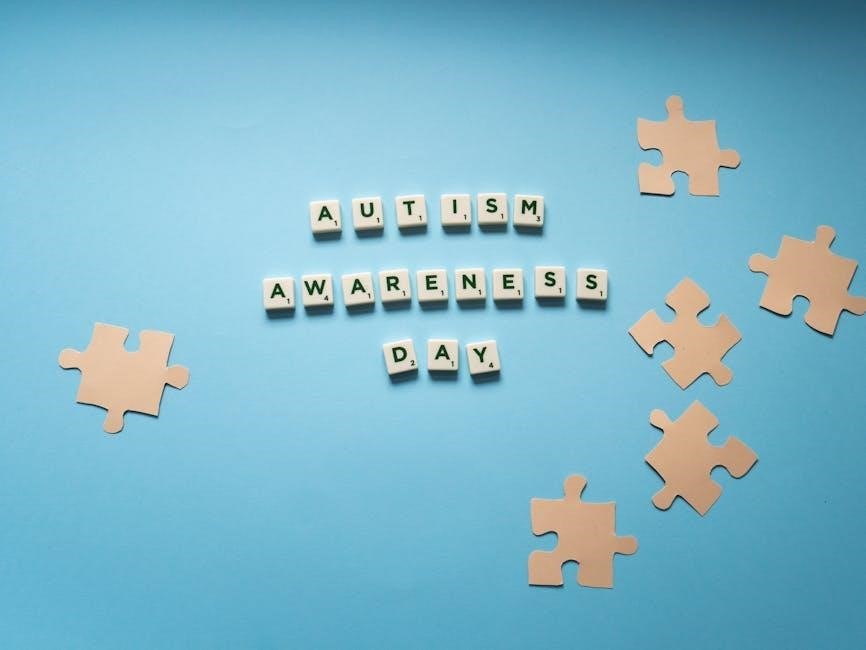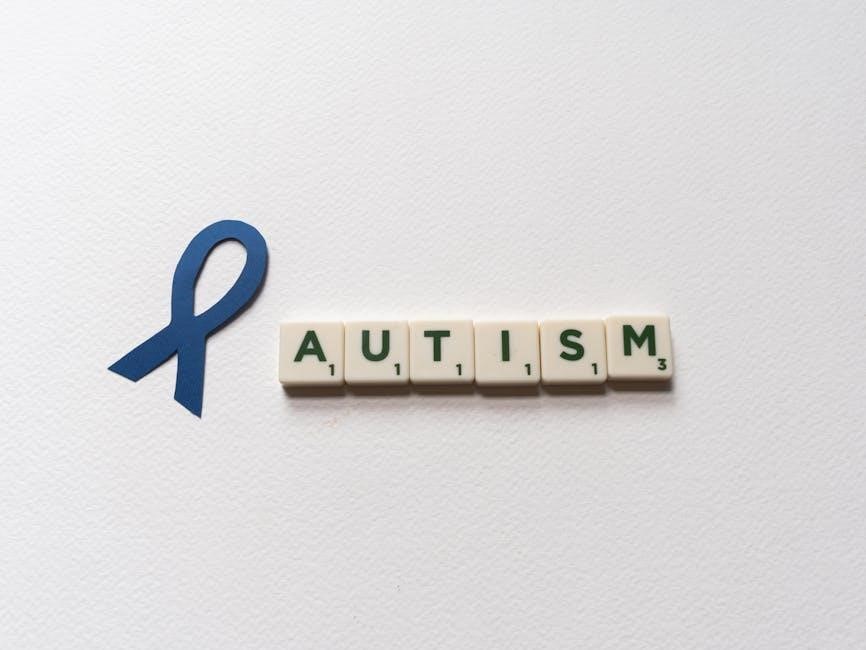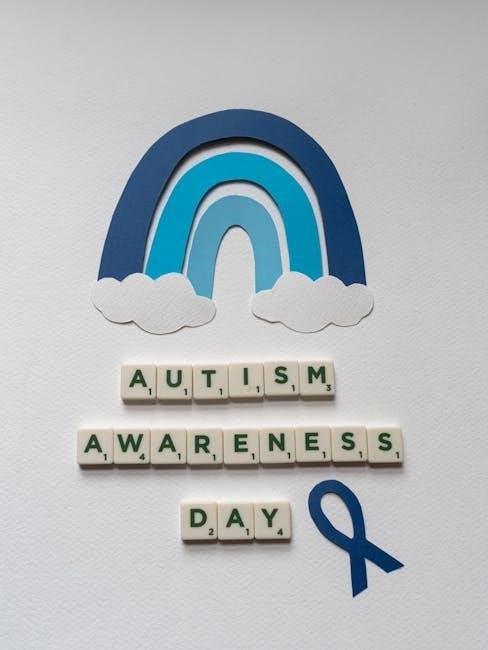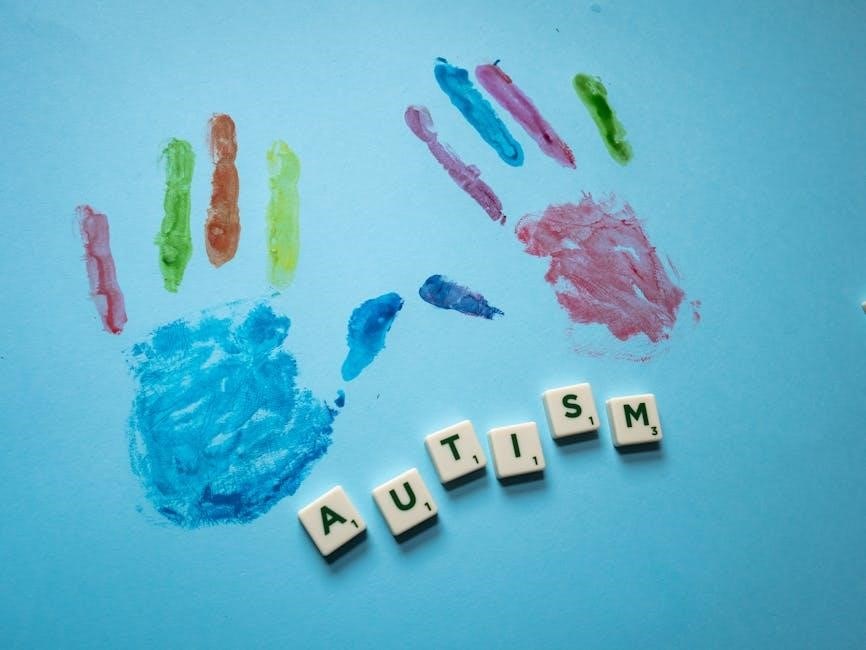Autism Spectrum Rating Scale (ASRS): An Overview
The Autism Spectrum Rating Scale (ASRS) is a standardized, norm-referenced assessment tool. It is designed to help identify symptoms, behaviors, and associated features of Autism Spectrum Disorder (ASD) in individuals aged 2 to 18 years.
What is the Autism Spectrum Rating Scale (ASRS)?
The Autism Spectrum Rating Scale (ASRS) is a multi-dimensional assessment tool. The ASRS quantifies the observations of children and adolescents, aged 2 to 18 years, associated with Autism Spectrum Disorder (ASD). Parents and teachers complete the scale indicating how often they observe specific behaviors. The scale uses a five-point Likert rating scale, where caregivers evaluate the frequency of observed behaviors in areas such as socialization and communication. The ASRS is nationally standardized and norm-referenced. It helps identify symptoms, behaviors, and associated features of ASD in children and adolescents. When used with other information, results from the ASRS can help determine the likelihood of ASD.
Target Age Range of ASRS
The Autism Spectrum Rating Scale (ASRS) is specifically designed for use with children and adolescents. The target age range for the ASRS is from 2 to 18 years old. This broad age range allows for the assessment of ASD-related behaviors across different developmental stages. This ensures its applicability for both early childhood and adolescent populations. The ASRS offers different forms tailored to specific age groups within this range. These forms are designed to capture the unique behavioral manifestations of ASD at various stages of development. The ASRS helps in the early identification and ongoing assessment of individuals with suspected or diagnosed ASD.

Purpose and Utility of the ASRS
The ASRS is used to identify symptoms, behaviors, and associated features of Autism Spectrum Disorder (ASD). It provides a standardized method for quantifying observations, aiding in diagnosis and treatment planning when combined with other information.
Identifying ASD Symptoms and Behaviors
The ASRS effectively pinpoints symptoms, behaviors, and associated characteristics of Autism Spectrum Disorders in children and adolescents. Using a five-point Likert scale, parents, teachers, and caregivers evaluate observed behaviors, such as those related to socialization, communication, and unusual behaviors. The scale measures behaviors associated with Autism Spectrum Disorder (ASD) for children and youth aged 2 through 18 years. Ratings on the ASRS indicate the extent to which youth’s behavioral characteristics are similar to behaviors of youth diagnosed with ASD. This multi-informant measure helps identify symptoms, behaviors, and associated features. The ASRS can help determine the presence and severity of ASD-related traits.
Use in Conjunction with Other Information
The ASRS should be utilized in combination with other sources of information to inform diagnostic decisions. Data gathered from the ASRS Parent Form or ASRS Teacher Form can help in determining whether a child exhibits behaviors associated with Autism Spectrum Disorder (ASD). However, it’s vital to integrate ASRS results with other clinical observations, developmental history, and cognitive assessments. Relying solely on the ASRS for diagnosis is not recommended. A comprehensive evaluation, including multiple perspectives and assessment tools, is essential for accurately diagnosing ASD. Consider complex psychiatric presentations and measurement error when generalizing results. Further research is always recommended.

ASRS Forms and Administration
The ASRS offers various forms, including parent and teacher versions, to gather information from different perspectives. Both full-length and short forms are available for efficient assessment.
Parent and Teacher Forms
The Autism Spectrum Rating Scale (ASRS) utilizes both Parent and Teacher forms to obtain comprehensive insights into a child’s behavior across different environments. These forms are designed to capture observations of behaviors associated with Autism Spectrum Disorders (ASD). Parents complete the Parent Form, reflecting on their child’s behavior at home and in community settings. Teachers, on the other hand, complete the Teacher Form, focusing on the child’s behavior within the school environment.
By gathering information from both parents and teachers, the ASRS provides a multi-faceted perspective, enhancing the accuracy and reliability of the assessment. This multi-informant approach helps to identify consistent patterns of behavior that may indicate the presence of ASD, while also accounting for potential variations in behavior across different contexts.
Short Forms vs. Full-Length Forms
The Autism Spectrum Rating Scale (ASRS) offers both short and full-length forms, catering to different assessment needs. The full-length form is recommended for initial evaluations, providing a comprehensive assessment of behaviors associated with ASD. It contains a larger number of items, allowing for a more detailed analysis of various domains.
The short forms, on the other hand, are designed for screening purposes or when time is limited. They contain fewer items, offering a quicker way to assess potential ASD symptoms. While the short forms can be useful for identifying individuals who may require further evaluation, the full-length form provides a more in-depth understanding of the individual’s strengths and challenges.
Scoring and Interpretation
The ASRS utilizes a Likert rating scale to quantify observed behaviors. Scores are then compared to a norm-referenced sample, indicating the extent to which an individual’s behaviors align with those diagnosed with Autism Spectrum Disorder (ASD).
Likert Rating Scale
The Autism Spectrum Rating Scale (ASRS) employs a five-point Likert rating scale. This scale is used by parents, teachers, and other caregivers to evaluate how often they have observed specific behaviors in a child or adolescent. These behaviors are associated with Autism Spectrum Disorder (ASD). Respondents indicate the frequency of observed behaviors, typically ranging from “Never” to “Very Frequently.” This rating allows for quantifying subjective observations, transforming them into numerical data. This data is then used for comparison against normative samples. The Likert scale format provides a structured approach, facilitating a standardized assessment of behavioral characteristics associated with ASD. This helps contribute to an individual’s overall score.
Norm-Referenced Assessment
The Autism Spectrum Rating Scale (ASRS) is a norm-referenced assessment tool. This means that an individual’s score is compared to the scores of a large, representative sample of individuals of the same age and demographic characteristics. This comparison allows professionals to determine how an individual’s behavior and symptoms related to Autism Spectrum Disorder (ASD) compare to those of their peers. The ASRS utilizes national standardization, providing a basis for comparing an individual’s scores against the broader population. This approach aids in identifying individuals who exhibit behaviors and symptoms that deviate significantly from the norm. This is an important step in the diagnostic process for ASD.

Limitations and Considerations
While the ASRS is a valuable tool, it has limitations. It should not be used as the sole basis for diagnosing Autism Spectrum Disorder. A comprehensive assessment is essential for proper diagnosis.
Diagnostic Utility and Cutoff Scores
The ASRS can assist in identifying individuals who may be at risk for ASD. However, it is crucial to understand the limitations of using cutoff scores for diagnostic purposes. Research suggests caution when generalizing results based solely on ASRS cutoff scores. A comprehensive evaluation, including clinical observation and other assessments, is necessary for an accurate diagnosis. The ASRS is designed to be used as one component of a broader assessment process. Relying solely on ASRS scores can lead to misdiagnosis or missed diagnoses. Consider the individual’s complete clinical presentation and history.
Importance of Comprehensive Assessment
While the ASRS is a valuable tool, it is imperative to remember that it should not be the sole basis for diagnosing Autism Spectrum Disorder. A comprehensive assessment is crucial for accurate identification and diagnosis. This should involve multiple sources of information, including clinical interviews, behavioral observations, and input from parents, teachers, and other caregivers. Standardized assessments, such as the ASRS, can provide valuable data. However, they must be interpreted within the context of a complete clinical picture. A thorough evaluation helps to differentiate ASD from other conditions with similar symptoms, ensuring appropriate interventions and support.
Related Screening Tools
Besides the ASRS, several other screening tools aid in identifying ASD characteristics. These include instruments like the Social Responsiveness Scale (SRS) and the Childhood Autism Rating Scale (CARS).
Social Responsiveness Scale (SRS)
The Social Responsiveness Scale (SRS) is another widely used tool for screening Autism Spectrum Disorder (ASD). The SRS is designed to assess social impairment, which is a core feature of ASD. It measures an individual’s social abilities and deficits across various domains, including social awareness, social communication, social cognition, social motivation, and autistic mannerisms.
Parents or teachers typically complete the SRS, providing ratings based on their observations of the individual’s behavior in everyday settings. The SRS can be used for individuals aged 4 years and older, offering valuable insights into their social functioning and potential need for further evaluation or support.
Childhood Autism Rating Scale (CARS)
The Childhood Autism Rating Scale (CARS) is a diagnostic tool used to assess the severity of Autism Spectrum Disorder (ASD) in children. Unlike rating scales completed by parents or teachers, CARS relies on direct observation of the child’s behavior by a trained professional. The observer rates the child across various domains, including relating to people, imitation, emotional response, body use, object use, adaptation to change, visual response, listening response, taste/smell/touch response, fear or nervousness, verbal communication, nonverbal communication, activity level, and consistency of intellectual response.
CARS provides a single overall score that indicates the severity of ASD, ranging from non-autistic to severely autistic.

Where to Find ASRS Resources
ASRS resources, including sample write-ups and templates, may be found through Pearson Clinical Assessments, the publisher of the ASRS. These resources can aid in understanding and interpreting ASRS results effectively.
Sample Write-Ups and Templates
Sample ASRS write-ups offer valuable guidance on how to interpret and report assessment results. These examples demonstrate effective communication of findings related to behaviors associated with Autism Spectrum Disorder (ASD). Templates provide a structured format for documenting observations and scores from the ASRS.
These resources are designed to assist professionals in accurately conveying a youth’s behavioral characteristics, as compared to those diagnosed with ASD. They aid in crafting comprehensive reports that integrate ASRS data with other relevant information. They can be found online and through Pearson Clinical Assessments, facilitating informed decision-making in ASD evaluations.
Pearson Clinical Assessments
Pearson Clinical Assessments offers a comprehensive range of resources related to the Autism Spectrum Rating Scale (ASRS). They provide access to the ASRS assessment tool itself, along with supporting materials like manuals, scoring guides, and interpretive reports. These resources are designed to assist professionals in the accurate identification of symptoms, behaviors, and associated features of Autism Spectrum Disorder (ASD).
Pearson Clinical Assessments ensures that the ASRS is grounded in psychometric research, promoting reliable and valid assessment practices. They offer various ASRS forms and versions to meet different clinical needs. Explore their website for detailed information on ASRS availability and pricing.

